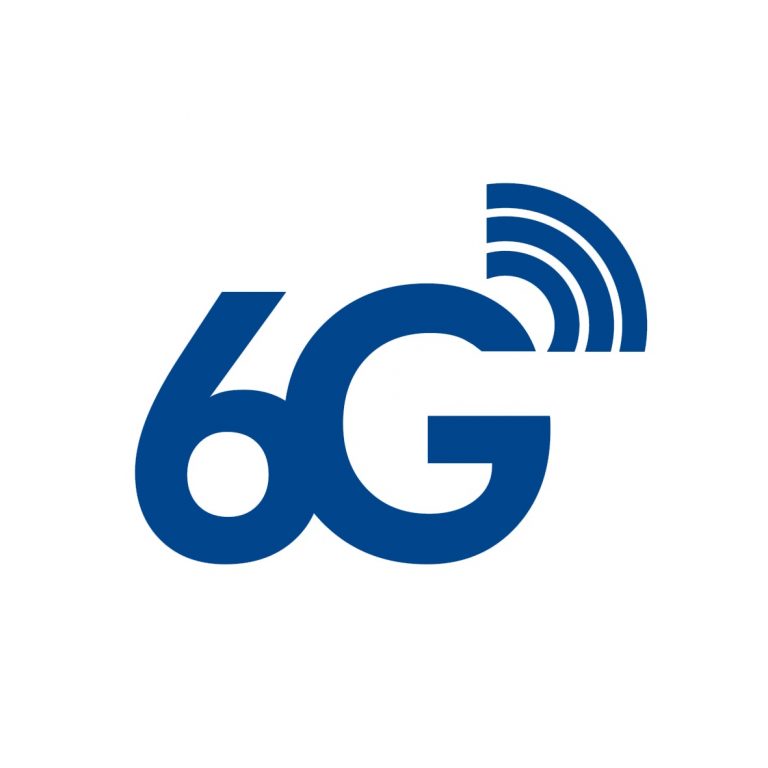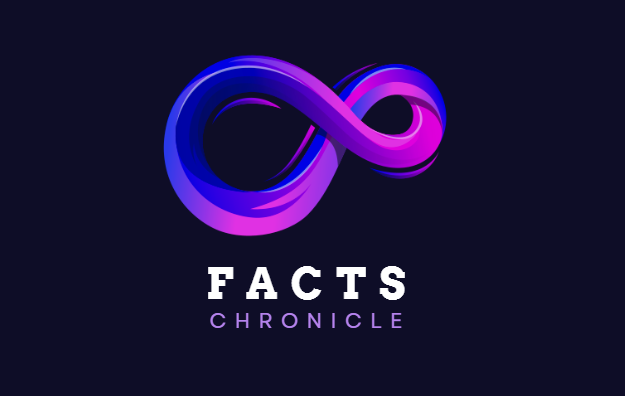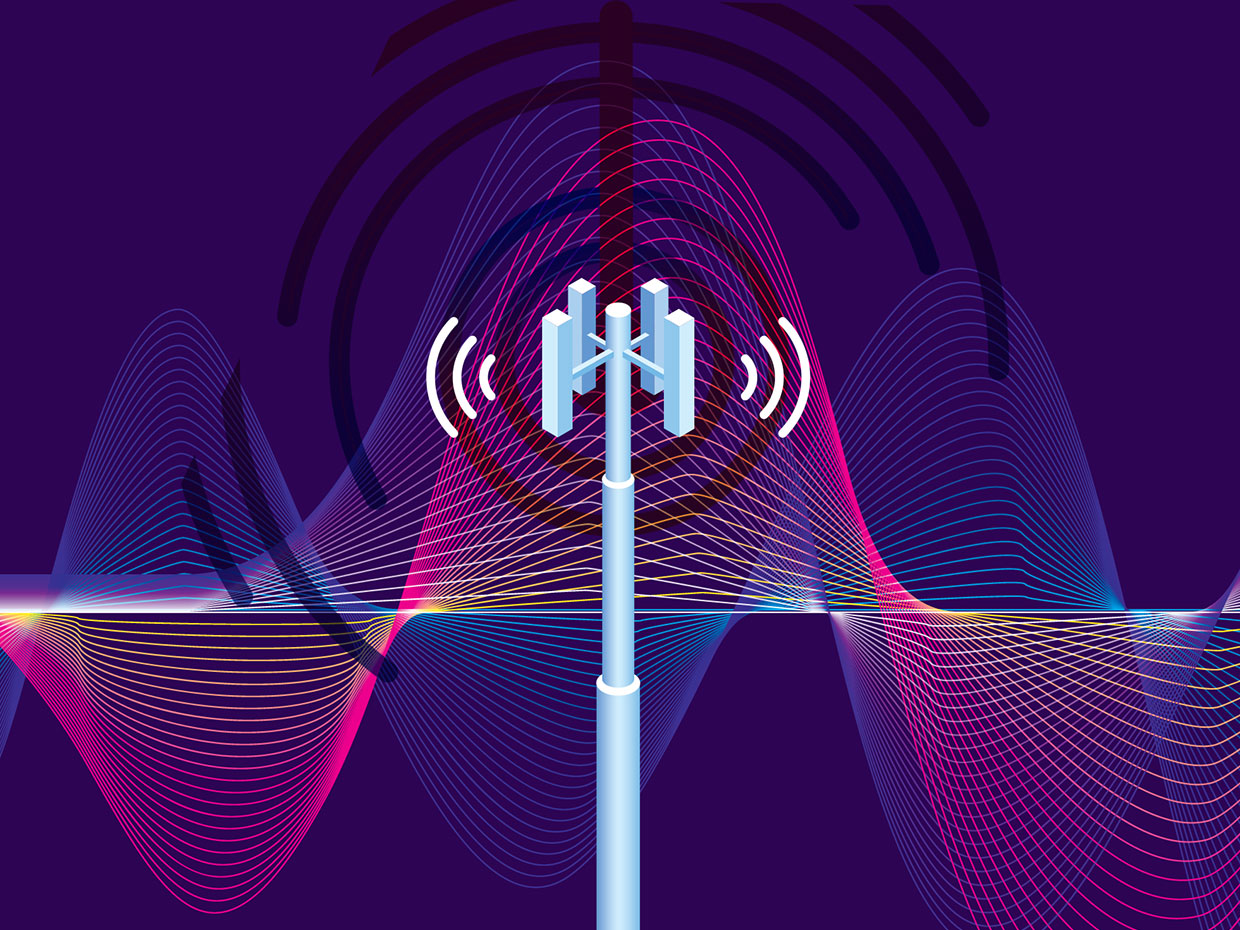With 5G deployment being carried out all over the world a lot of companies as well as states have started working on the next big technology. In recent news, we hear that South Korea plans to start 6G trials by 2026. Business Korea reported that the South Korean government expects this technology to go live by 2028 or 2030. They have allocated a huge amount of 169 million dollars in the budget to develop this technology over the next five years.
Although 5G has started to somewhat become mainstream in recent years, it was a work in progress for a long time. In addition, mobile communications are not the only ones to benefit from this standard either. 5G has paved the way for devices like smart vehicles, remote control robotics, and a lot of IoT devices. With 6G networks in the future, we can only hope to take things even further than this.
South Korea’s new strategy to promote R&D for future mobile telecommunication was finalized by the Prime Minister Chung Se-Kyun in a meeting last month. There are a few key improvements that they aim to achieve throughout the trial period. First up is achieving data rates of up to 1 Tbps that is roughly five times that of 5G. The second main goal for next-generation is latency reduction in telecommunication services.
Companies like Samsung and Huawei have already started working on this next-generation technology. Interestingly, Huawei has already started the early stages of their work in this field at its Ottawa Research & Development Center.
Samsung also laid out its future plans in the field a while ago in their white paper. Samsung plans to adopt to 6G standard by 2028 earliest. The paper is titled “Next Generation Communications”, it talks about various aspects related to 6G technology. Samsung talks about technical details, new services, technology requirements, candidate technologies, and an expected timeline of standardization for this new generation.

What 6G Brings:
The 4G telecommunication standard which is widely popular right now uses millimeter waves(derived from their wavelength) of the low and mid-band spectrum. These frequencies lie somewhere around 1 GHz. With 5G we increased data rate by adding waves of higher frequency, up to 300 gigahertz to be exact. While that gave us plenty of bandwidth necessary for high definition video streaming and calls. there was one main disadvantage of these ultra-fast rates, these millimeter waves are very prone to distortion and can not penetrate through many surfaces.
With 6G we wish to get even farther from what we have with 5G. The frequency band for this generation is not final yet, but the terahertz frequency band is in consideration. This will lie between the currently used millimeter spectrum and infrared waves. A Prototype Chip right now is capable of data transfers of up to 11 Gigabits per second. It achieves frequencies five times more than 5G. While that is considerably faster we still have a lot of years before the commercialization of 6G. Given a few years, we can easily expect these numbers to grow even more.
This generation also aims to focus on the use of AI for wireless communications. Along with novel antenna, designs to enhance the coverage of high-frequency band signals, sophisticated duplex technologies, the evolution of network topology, and spectrum sharing to increase the efficiency of frequency utilization. Interference is one of the biggest issues with 5g technology which we hop[e gets better with newer generations.
This is just the tip of the iceberg for the 6G has in store for us. We hope to hear more and more companies making their way to this technology soon. South Korea is definitely on the right track as the pioneer of research in the field.


